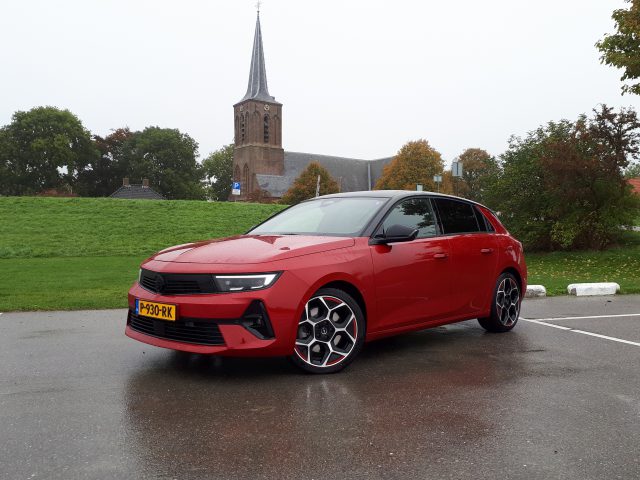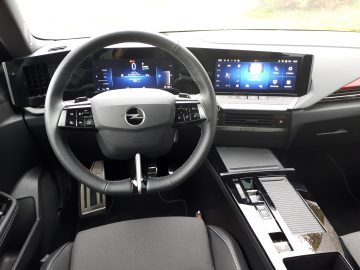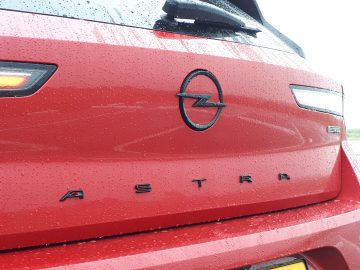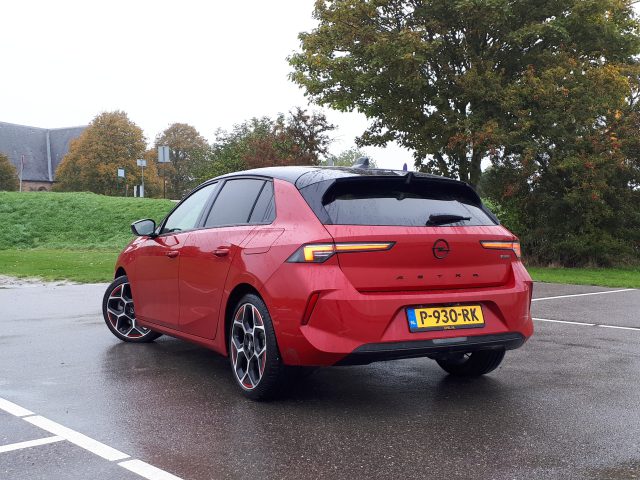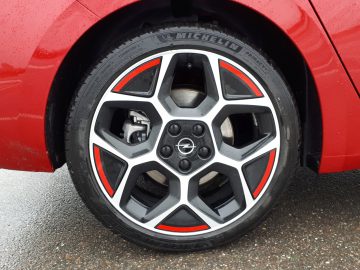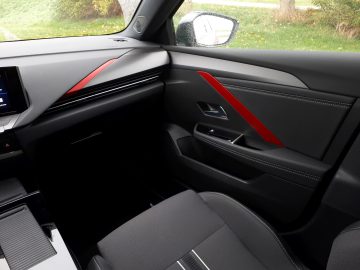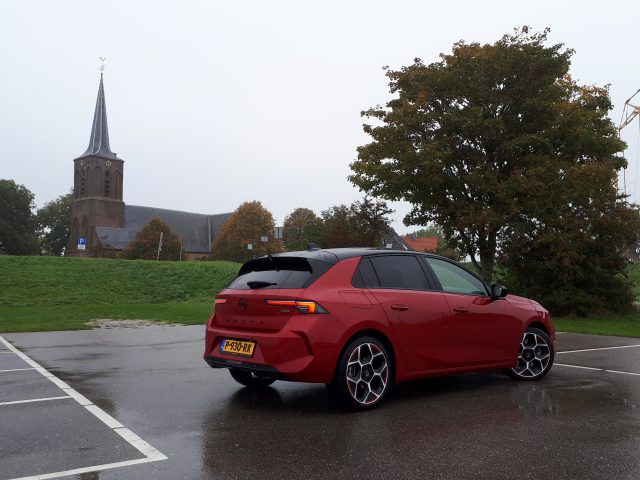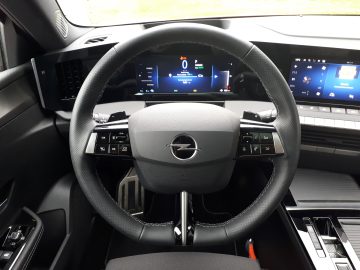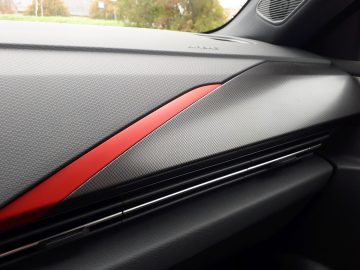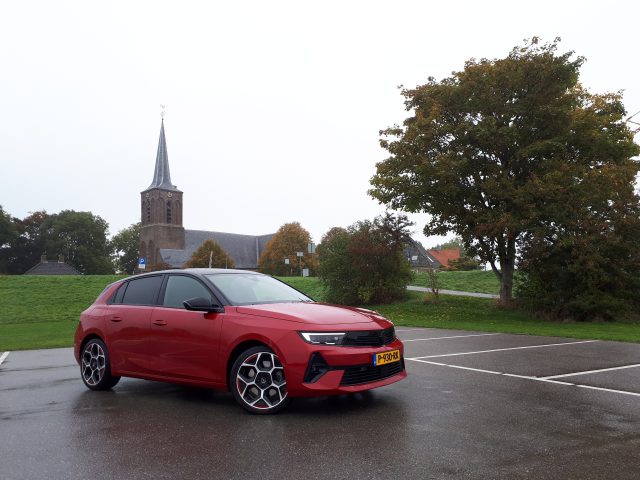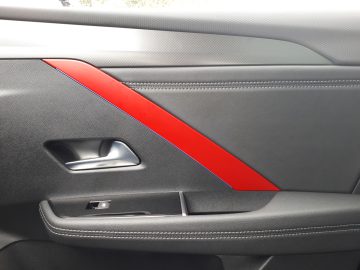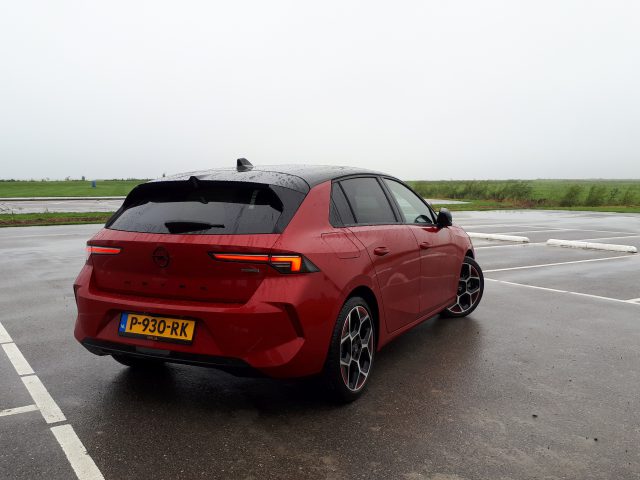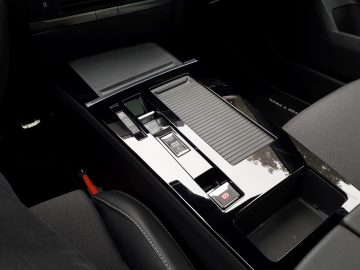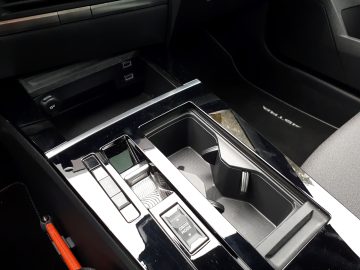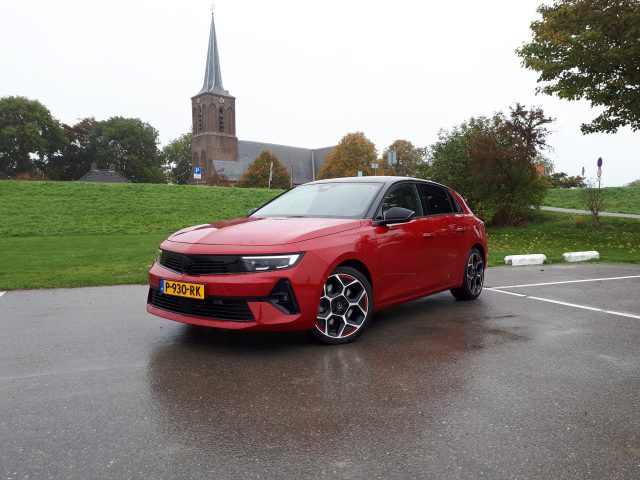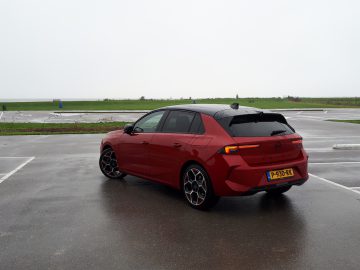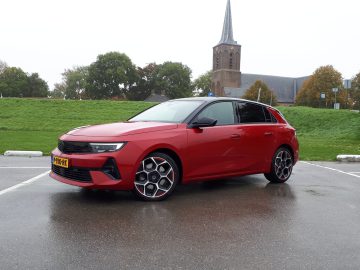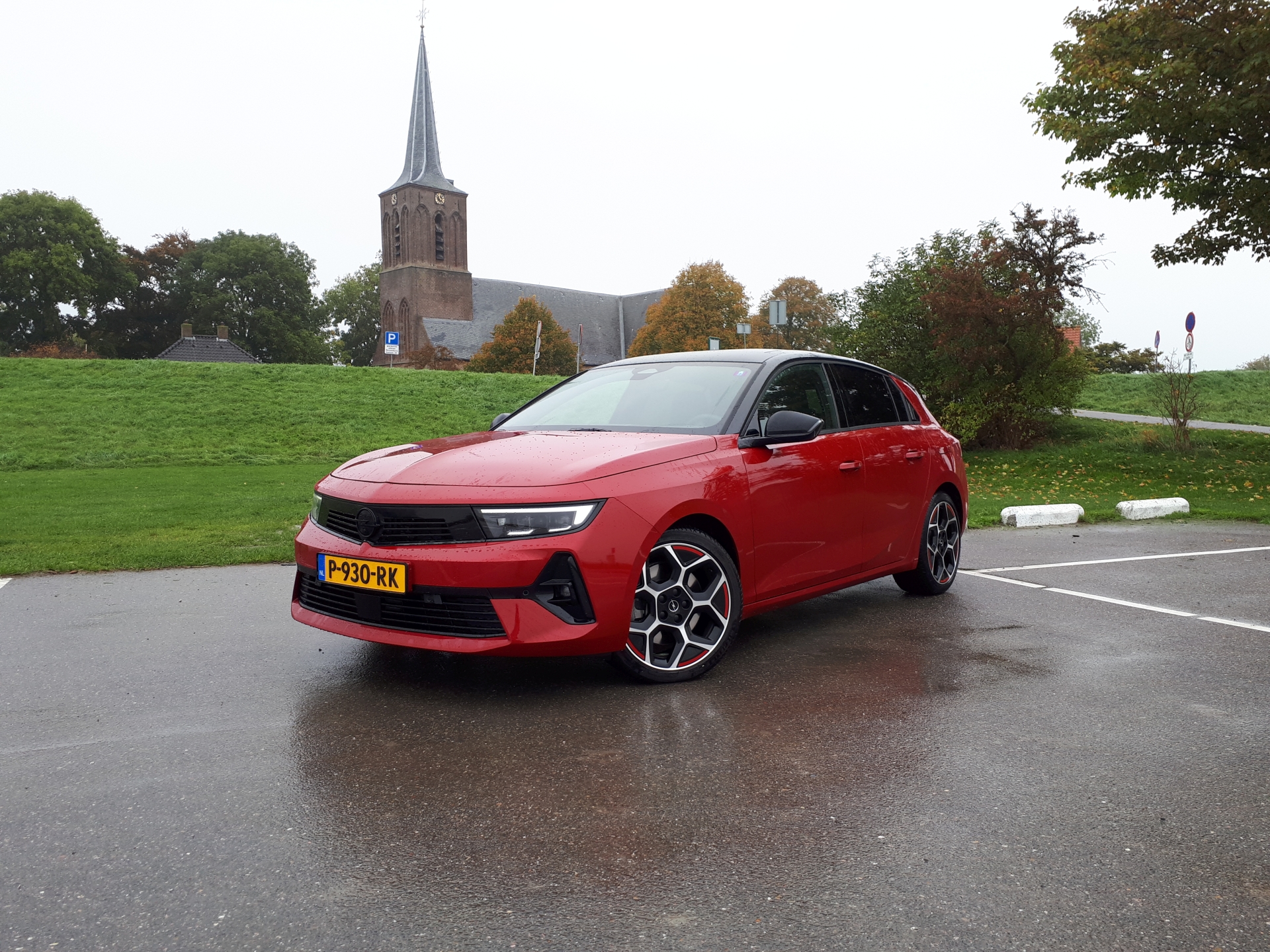Car test – Opel Astra 1.6 Turbo Hybrid (2022)
The Opel Astra has been one of Opel’s most important models since the introduction of the first model in 1991. Even predecessor Kadett still ranks high in the list of best-selling Opel models ever. The Kadett and Astra can almost be considered national cars, so popular were they in the Netherlands. So a new model generation is, by definition, big news. Last year the curtain was drawn on the sixth generation and this year sales began. Time for a comprehensive introduction.
Started with a clean slate
For the new Opel Astra, the brand started with a clean slate. The General Motors era has been completely left behind by the Germans, and the new model was developed entirely within the Stellantis group. Technically, the car is largely the same as the new Peugeot 308. However, it is that we know, because Opel did make it its very own model.
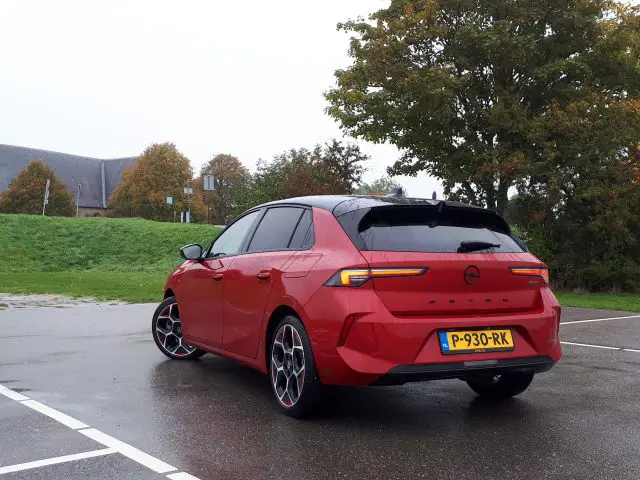
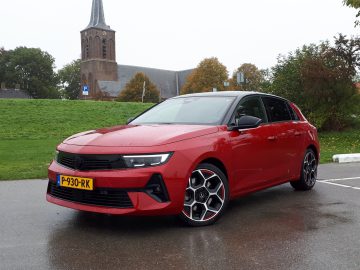
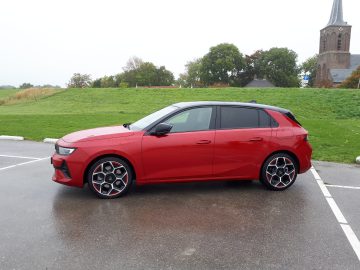
Opel Astra with new design language
Thus, the new Opel Astra features the brand’s new design language in every detail. Of all Opel models, this new design perhaps comes out best in the Astra. Design is subjective, of course, but we would like to nominate the new Astra for most beautiful newcomer of 2022. A dynamic design, yet sleek without a line too much and with well-beating proportions. If only we saw that more often.
Although the new Opel Astra simply looks modern, the design does have some references to models from the brand’s rich history. For example, the Opel Vizor, the black bar between the headlights, is meant as a reference to the Manta A. In addition, the triangle on the C-pillar is reminiscent of the Kadetts D and E. The specific type of rims on the test car is even named after the Kadett. Also fun: you can go shark huntingin the new Opel Astra….
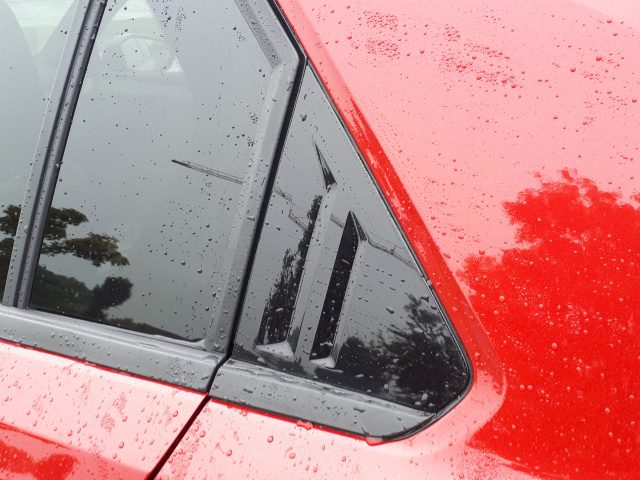
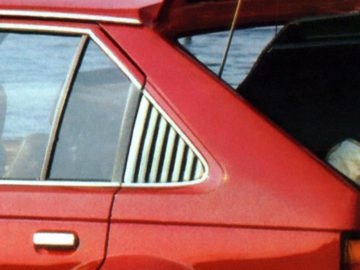
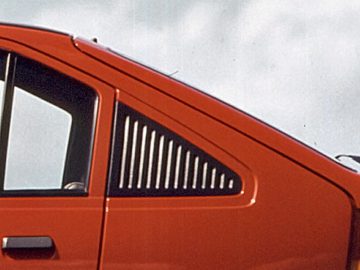
Opel Astra offers plenty of choice
As broad as the Kadett’s range was, that of the new Opel Astra is not, but there is still plenty of choice of trims and engine variants. First, there is a choice between the hatchback and the Sports Tourer, the station wagon version. Of the latter, we could conclude earlier that it offers a practical and, as far as we are concerned, more stylish alternative to yet another crossover or SUV model. Fine, then, that Opel just keeps building station wagons.
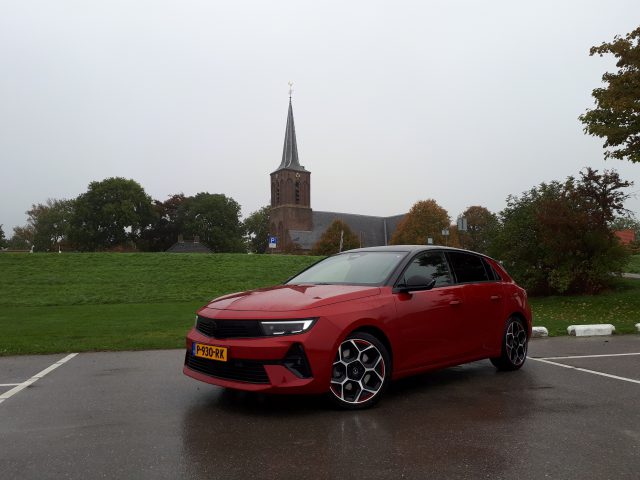
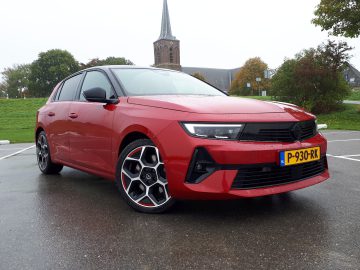

Gasoline, diesel, hybrid or electric
As for the powertrain, there is something for everyone. The engine range starts with a 1.2-liter three-cylinder turbocharged gasoline engine rated at 81 kW (110 hp). It is also available with 96 kW (130 hp) and then you can choose an eight-speed automatic transmission in addition to the standard manual transmission. “Old-fashioned” diesel operation is also still possible at Opel, with a 1.5-liter turbocharged four-cylinder that is also 96 kW (130 hp) strong and is always paired with the eight-speed automatic transmission.
There is also the Hybrid, a plug-in hybrid with a combination of an electric motor and a 1.5-liter four-cylinder. System power is 133 kW (180 hp). This makes it the most powerful version for now. For now, because an extra powerful hybrid with an output of 165 kW (225 hp) is on the way. To that end, Opel is reintroducing the sporty GSe label. Also forthcoming is an all-electric version of the Opel Astra, which will have the same powertrain as the Peugeot e-308.
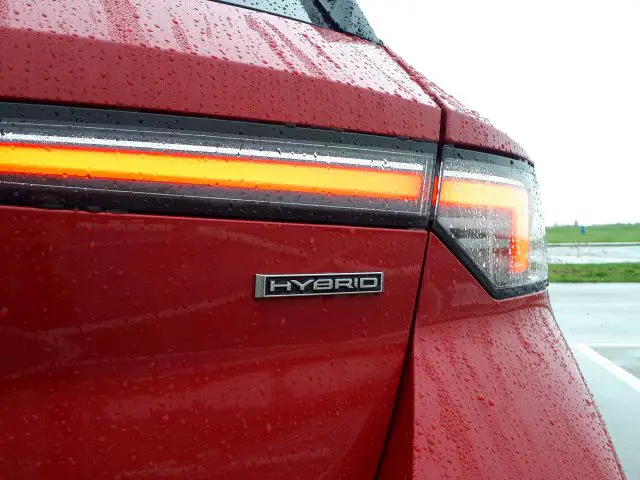

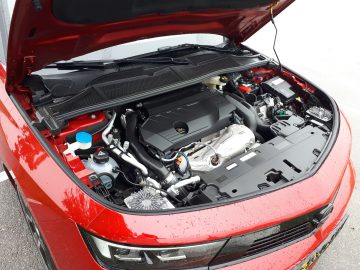
How does the Opel Astra Hybrid drive?
The current hybrid, flat out the Opel Astra 1.6 Turbo Hybrid, is the version we are taking on the road. The Opel Astra quickly proves itself to be a fine driving car. First, the AGR-certified front seats, standard for almost all versions, live up to their seal of approval. We also sat through long drives in comfort. Furthermore, the steering has just the right heaviness and it is soon as if we have been driving the car around for ages, that’s how quickly everything gets used.
The suspension has a semi-sporty tuning. That is, the car is pleasantly tight on the road, but short bumps are noticeably transmitted. Uncomfortable it is not, but for a little more comfort, consider a smaller wheel size. Some extra rubber around the rim just provides just a little more damping. Side note is that the Hybrid always gets 17-inch rims, the size also under the test car. On the other hand, the 17-inch rims do look better than the standard 16-inch ones.

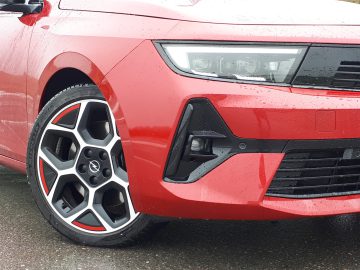

Drive mode drive modes
The hybrid powertrain also pleases. The electric drive provides a quiet and smooth ride, smoothing out the shifting moments of the (possibly active) conventional drive. As long as the battery has enough power, you can also choose the form of drive with the driving modes. If you want to drive fully electric (default setting), choose Electric. If you want to save power, you choose Hybrid mode so that the fuel engine also joins in immediately. For maximum performance, choose Sport.
For enthusiasts, the current form of propulsion – fully electric or (partially) gasoline-powered – can be displayed on the instrument cluster or central display. The color of the speedometer also reveals the form of drive: if you drive fully electric, the numbers are blue.
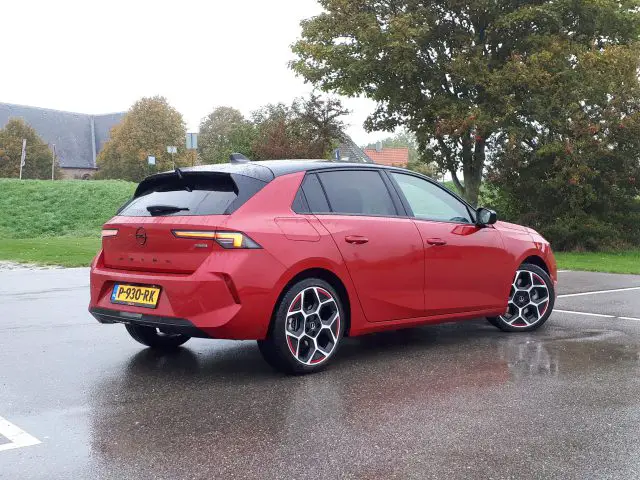


Opel Astra as a ‘regular’ hybrid
When the power runs out, the car effectively becomes a “regular” hybrid. You do notice then that it drives just a little less smoothly, although “less smoothly” in this case is still a pleasant powertrain. The difference isn’t huge either, it’s just a matter of a regular automatic versus all-electric drive. Even as a “regular” hybrid, the Opel Astra responds quickly to input from the accelerator pedal, and the fuel engine keeps neatly in the background when at work.
If you couldn’t recharge for a while and have to leave home with a dead battery, you still drive electric quite often. Depending on the type of mileage (country road or city), that’s still about a quarter to a third of the distance. As an outlier, on one occasion we even drove just over half of the urban miles fully electric. In fact, regenerating power during coasting and braking helps a lot. On the other hand, on a highway drive with a dead battery, you’ll struggle to reach ten percent.
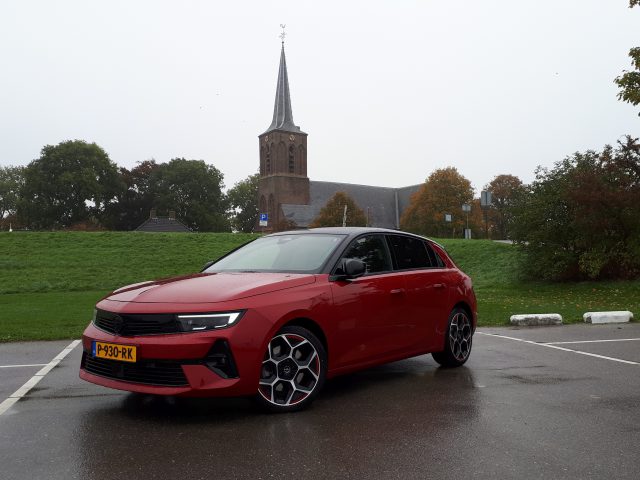
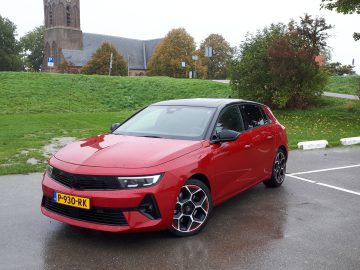
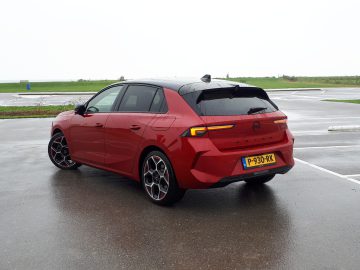
Consumption Opel Astra Hybrid
Which brings us to the consumption of the Opel Astra 1.6 Turbo Hybrid. The official average fuel consumption (WLTP) is 1.0 l/100 km. That, of course, is theory. Whether you achieve that, especially with a plug-in hybrid, depends very much on how often you charge it and how long and what kind of trips you drive. If you always charge it neatly and never drive more than say forty kilometers per trip, you rarely use a drop of fuel and beat that theoretical value with ease.
However, we drove mostly long highway trips. Average fuel consumption during our week of testing was 4.5 l/100 km (over 1 in 22), which we think is a neat score. We bravely fully charged the battery prior to (almost) every drive, but so did a lot of highway miles. In doing so, the hybrid technology simply does not come into its own as well. (Much) more fuel-efficient than the fuel versions, the Opel Astra Hybrid is anyway.
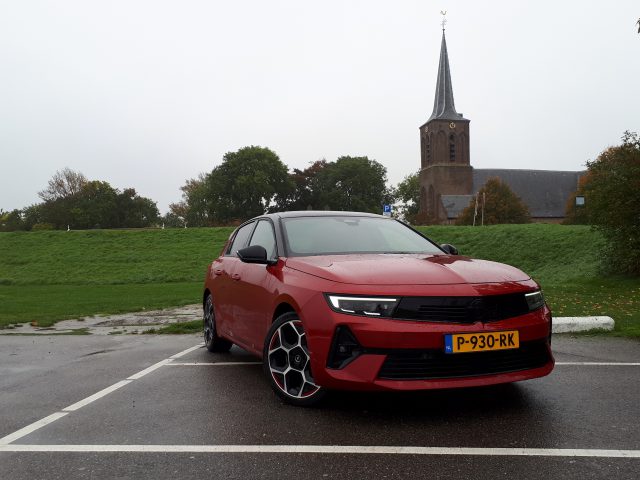

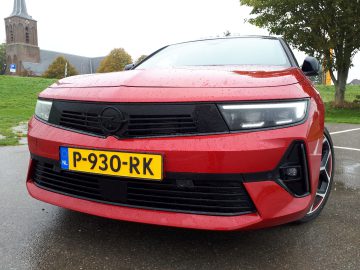
Practical aspects Opel Astra
The ride is over and we move to the back seat for a while to test the comfort there as well. There, too, we find comfortable seating. Moreover, there is plenty of room. With a height of 1.80, you can sit just fine “behind yourself” and have nothing to complain about headroom either. Legroom is also plenty, although the knees are already almost touching the back of the front seat. Perhaps a matter of asking the driver to adjust the backrest a little straighter.
As standard, the Opel Astra offers luggage space with a capacity of 422 liters (measured up to parcel shelf) to 1,322 (rear seats flat and measured up to the roof). In the Hybrid, the battery pack is under the luggage compartment, so it measures only 352 and 1,268 liters, respectively. Numbers don’t say everything, more important is that it is a good usable square footage. The only criticism is that we couldn’t get rid of the charging cable, it had to be loose in the back.
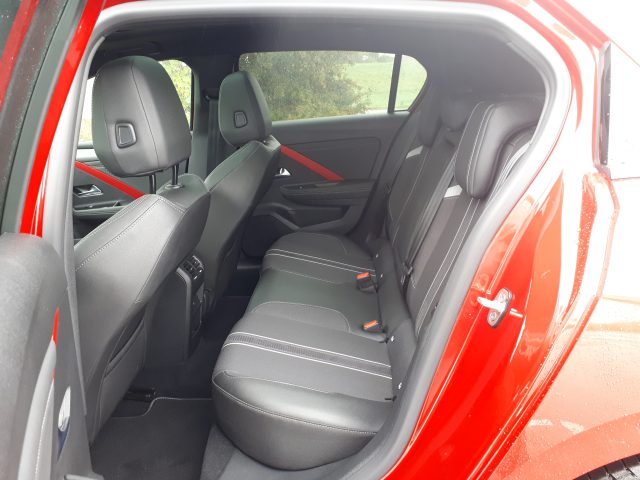

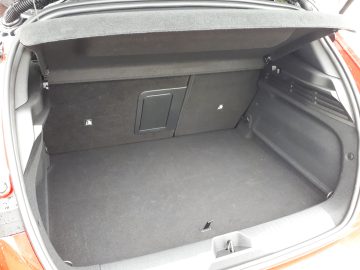
Prices Opel Astra
The Opel Astra is available from 32,999 euros. Then you get the 1.2 Turbo with 81 kW (110 hp), in Edition trim. For 33,999 euros you get exactly the same car, but with 96 kW (130 hp). If you choose the automatic, then you also go one equipment level higher, the Elegance. The starting price will then be 39,749 euros. Opel also caters to diesel drivers, which is no longer a given these days. Diesel can start at 43,499 euros and then again you get the Elegance trim.
The most interesting version for the Netherlands is the 1.6 Turbo Hybrid we tested, a plug-in hybrid in other words. It is available from 39,999 euros and then you get the Edition. Our test car is a GS Line, available from 44,249 euros. Incidentally, the test car was equipped with some additional options and thus may differ in detail from a standard GS Line.
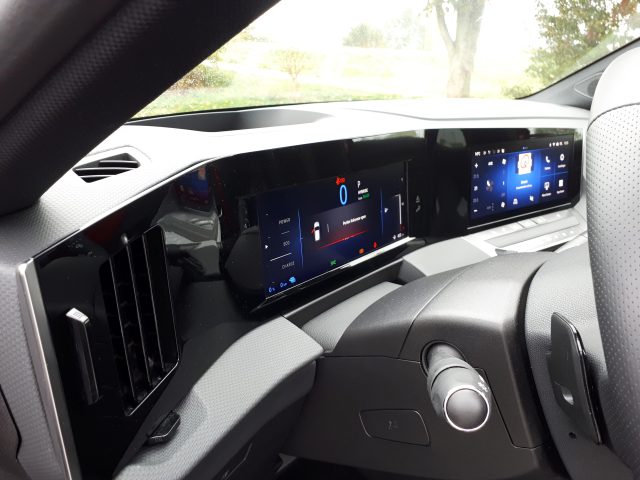
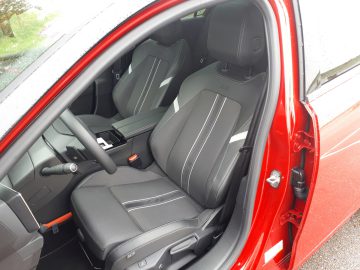
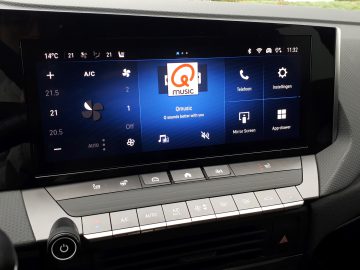
Opel Astra equipment
In fact, you have little to complain about the standard equipment of the Opel Astra. We are not going to list everything, but among other things, the Opel Pure Panel, the two 10-inch screens for instrument cluster and infotainment, is always present. That includes wireless Apple CarPlay and Android Auto. Adaptive cruise control is also standard. The full list of equipment and prices can be found at www.opel.nl.
The tested GS Line not only has a sportier look. In terms of equipment, this is the top model in the Opel Astra lineup, although the equipment largely matches the (Business) Elegance positioned just below it. Especially noteworthy standard equipment are 360° parking assist systems, the Intelli-Air interior air cleaning system and over-the-air updates.
Named options of the test car are the 7.4 kW on-board charger, Multimedia Navi Pro package and Intelli-Lux Pixel LED headlights. That on-board charger is a $299 option and highly recommended over the standard is 3.7 kW on-board charger. In this case, the Multimedia Navi Pro package is the most comprehensive version and then costs over 1,000 euros, but the head-up display and the HiFi audio system are still very nice.
Always high beam, without glare
With the Intelli-Lux Pixel LED headlights, the Opel Astra also features automatic high beam that should not blind other road users. In fact, the “pixels” can turn off individual light rays. We had the opportunity to give that a try. It still feels a bit uncomfortable to drive on a busy two-lane road with the high beams turned on, but from the fact that no one has signaled to us, we infer that the system works well. Moreover, the road around those other road users was indeed well lit.

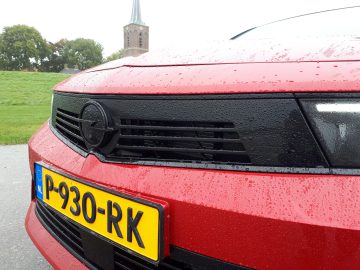

Conclusion
We talked briefly in the intro about the success of the Kadett and Astra. In recent years, sales of the latter model line declined somewhat, but this all-new generation Opel Astra has it in itself to turn that tide. The new Opel Astra actually offers everything you want: fine handling and a practical interior (especially as a Sports Tourer). In doing so, it also looks very good, although that is subjective.
There’s always something for you in terms of powertrains, too. Whether you are looking for a fuel-efficient plug-in hybrid, an also still economical and powerful diesel or whether you prefer one of the gasoline engines. Once the all-electric Opel Astra-e is added as of next year, there will be something for everyone and nothing will stand in the way of sales success.
